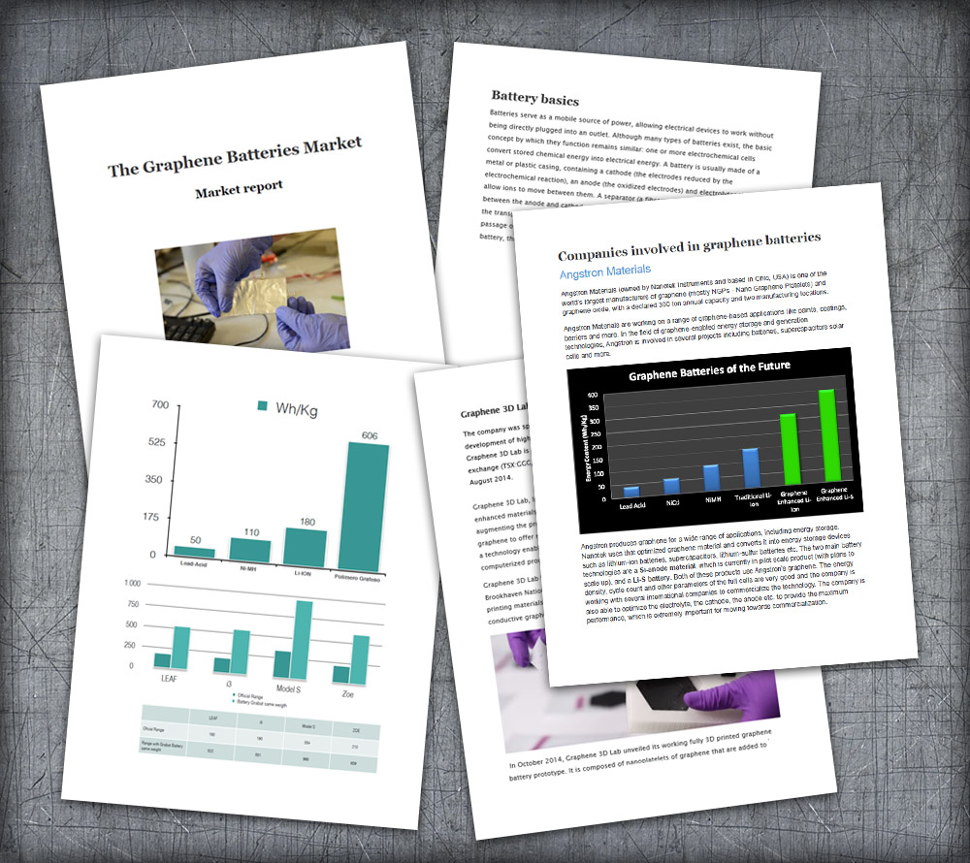Researchers from Deakin University's Institute for Frontier Materials (IFM) aim to harness the ocean's potential for renewable and clean energy. In a recent study, they demonstrated how a two-dimensional (2D) nanomaterial membrane technology can improve blue energy harvesting processes. Blue energy harvesting is renewable energy that uses the salt content difference between river water and seawater to generate electricity.
"Ocean energy is made up of five forms—tidal, water waves, ocean currents, temperature gradients and salinity gradient energy, offering a potential alternative, limitless energy resource," says Associate Professor Weiwei Lei, who is leading the sustainable energy generation project at IFM. "Therefore, harvesting ocean energy through artificial devices has attracted tremendous interest. In particular, salinity gradient energy, also called 'osmotic energy' or 'blue energy,' provides significant promise for the development of renewable energy. It has a potential 1 TW energy (8500 TW h in a year), which exceeds the sum of hydraulic, nuclear, wind and solar energy in 2015. With the development of nanotechnology and 2D nanomaterials, novel 2D nanomaterials' membranes with nanopores and nanochannels were designed for blue energy harvesting. However, the energy harvesting efficiency of these membranes is still too low to meet the demands of practical applications due to their high internal resistance and low selectivity of ions. New advanced 2D nanomaterial membranes with novel and robust properties will solve this problem, which is in high demand now."









